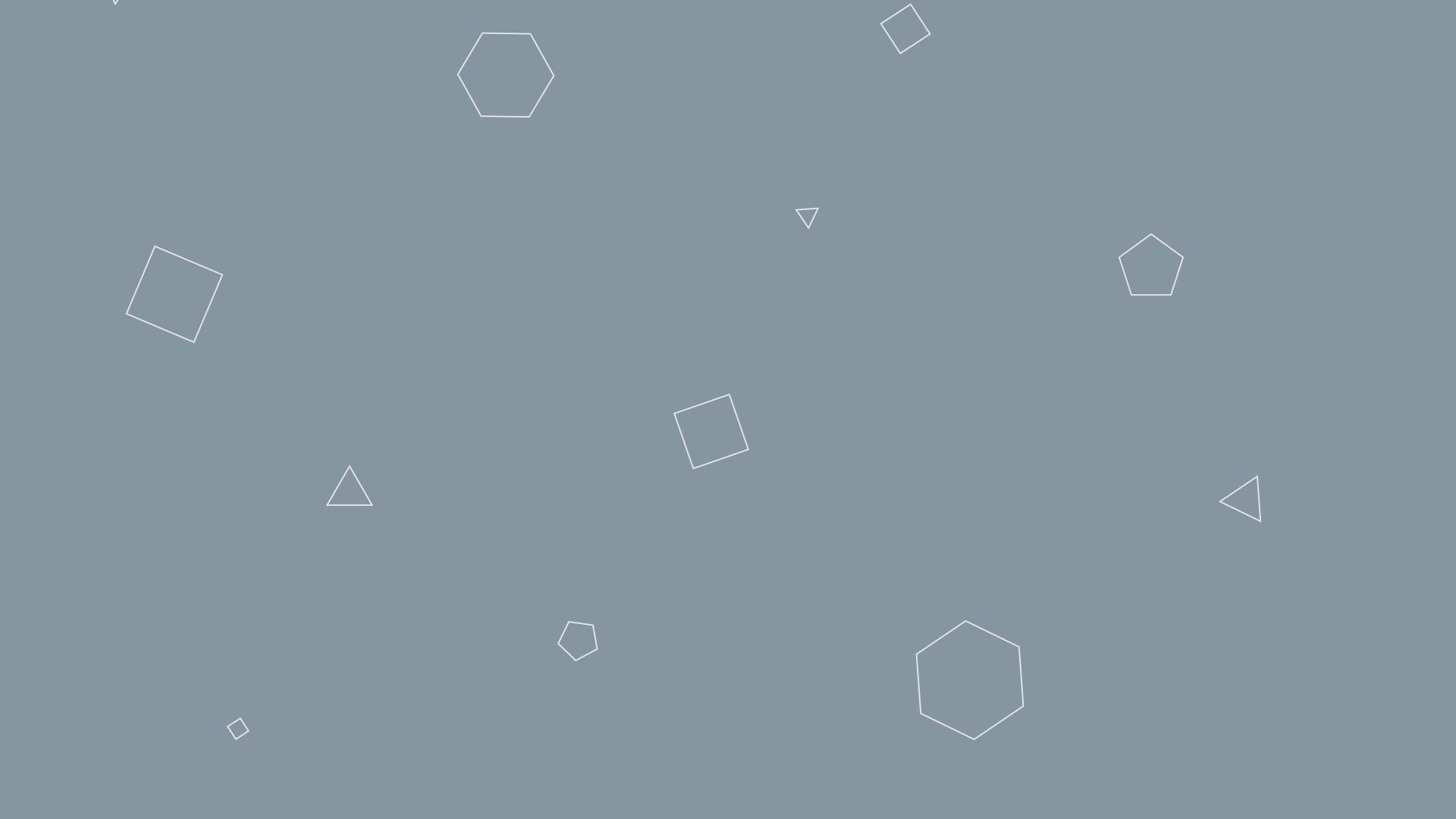Reflection
- Syd Sschoen

- Nov 1, 2017
- 4 min read

The Project
To finish up the unit on HATSOS, the class split into four groups to create a project based on either monomyth, allegory, allusion, or satire. It's quite obvious I'm in the satire group based on my previous posts on chapters 1-4, 5-8, and 9-12. We decided to create a group of silly political campaigns for two of the biggest satires in the book - Khattam-Shud and the Walrus. Khattam-Shud is the main antagonist - "a skinny, scrawny, measly, weaselly, sniveling clerical type, exactly like all the others," according to the book (pg. 153). He is the ruler - the Cultmaster - of Chup on the Dark Side of Kahani, which is dark, cold, and nearly silent. The Walrus, on the other hand, is the head of the Processes Too Complicated To Explain(P2C2E) House in Gup on the Light Side of Kahani, where the inhabitants never shut up and the sun always shines. He is looked up to by his followers, the Eggheads, and given his name due to his ability to grow facial hair, unlike the others of his kind.
We came across this idea to make political ads because satire is most often conveyed in topics that include/center around politics, since that's where many people of power these days reside in terms of their job and/or social status. We had also made political commercials last year in AP Government, so the previous experience sealed the deal. To create our campaigns, we thought up a list of points we wanted to convey in each commercial, whether it be a slogan, action, etc. The only boy in our group (he has a blog too) was to play the parts of Khattam-Shud and the Walrus, while the other two girls and I focused more on creating ads and posters as well as editing the commercials, which was my main job (their blogs: 1 & 2).

The Khattam-Shud commercial revolved around this idea of a monochromatic, unified society and included key symbols/references from the book, such as the concept of "zipped lips," sunglasses to protect the dark-adjusted eyes from any light, and sewing thread (used in the attempt to sew Princess Batcheat's lips together) We even added a notion that had to do with burning a library, since Khattam-Shud's whole purpose in the story was to be the destroyer of the Sea of Stories. Along with the commercial, we made large campaign posters for each candidate with specific slogans that we thought symbolized what they stood for best. For Khattam-Shud, the poster was black and white with the words, "No words, no worries" and an illustration of a zipper as a visual aid.

The Walrus commercial was a bit different. Instead of creating a mockingly dark and "brooding" atmosphere, we made it as cheesy as possible. Some of the symbols/references we included were actual eggs with faces drawn on them to represent the Eggheads, a terribly-drawn mustache on the Walrus's face, oodles of effects, old-timey music, and blabbering voice overs, as well as a "bald cap" made of tissues and tape. This commercial was extremely colorful and lively, not stretching nearly as long as the opponent's ad. The Walrus's poster consisted of the slogan, "Hail the Mustache" in rainbow crayon along with a layered rainbow-and-black mustache logo.

Through this project, I realized and learned the importance and significance of political influence on today's society and how it impacts our thinking and what we create. From our research and my peers I discovered the many different types of satire and just how many things satire can be applied to when it comes to fictional writing. I also found that working within a group of dedicated workers can lead to the understanding of much more in regards to the given topic than if one was working alone. It also makes the work more tolerable and enjoyable when working with others that are on the same level, yet have such different perspectives that, when all rolled into one project, help the finished product shine ten times brighter.
The Design Specs Rubric
My group and our project (in my professional opinion) deserve 100% on this project. We poured our souls into creating something that would both entertain our audience and get our point across thoroughly enough so it was easily understandable. It was an intriguing, multi-faceted beauty that surprised and delighted, allowing us along with others to see things differently and understand the project's purpose and importance. It seemed to create an emotional, lasting impact not just on the people who created it but those of whom it was presented to - their were plenty of laughs from both us and the audience, which is really the main goal in terms of satire. The project was also original; a remixed, rethought idea that created a delightful and insightful work of art.

"What's the point of stories that aren't even true?"
Through the eyes of satire, the point of stories that aren't even true is to represent those which are true in a way that doesn't bash the powerful individual directly (by name), but rather in a humorous light that is enjoyable by a large audience. This keeps the author away from political drama, torn relationships, and a bad name. The point could also be to mainly entertain the audience with reference to satires as a real-life connection, acting as a form of sensory so the reader can understand/grasp at what the author is trying to convey more easily. Either way, stories that aren't even true shape society as we know it currently, and will continue to shape it as long as new ideas arise. Even though something isn't true, that doesn't mean it won't be in the future.







Comments